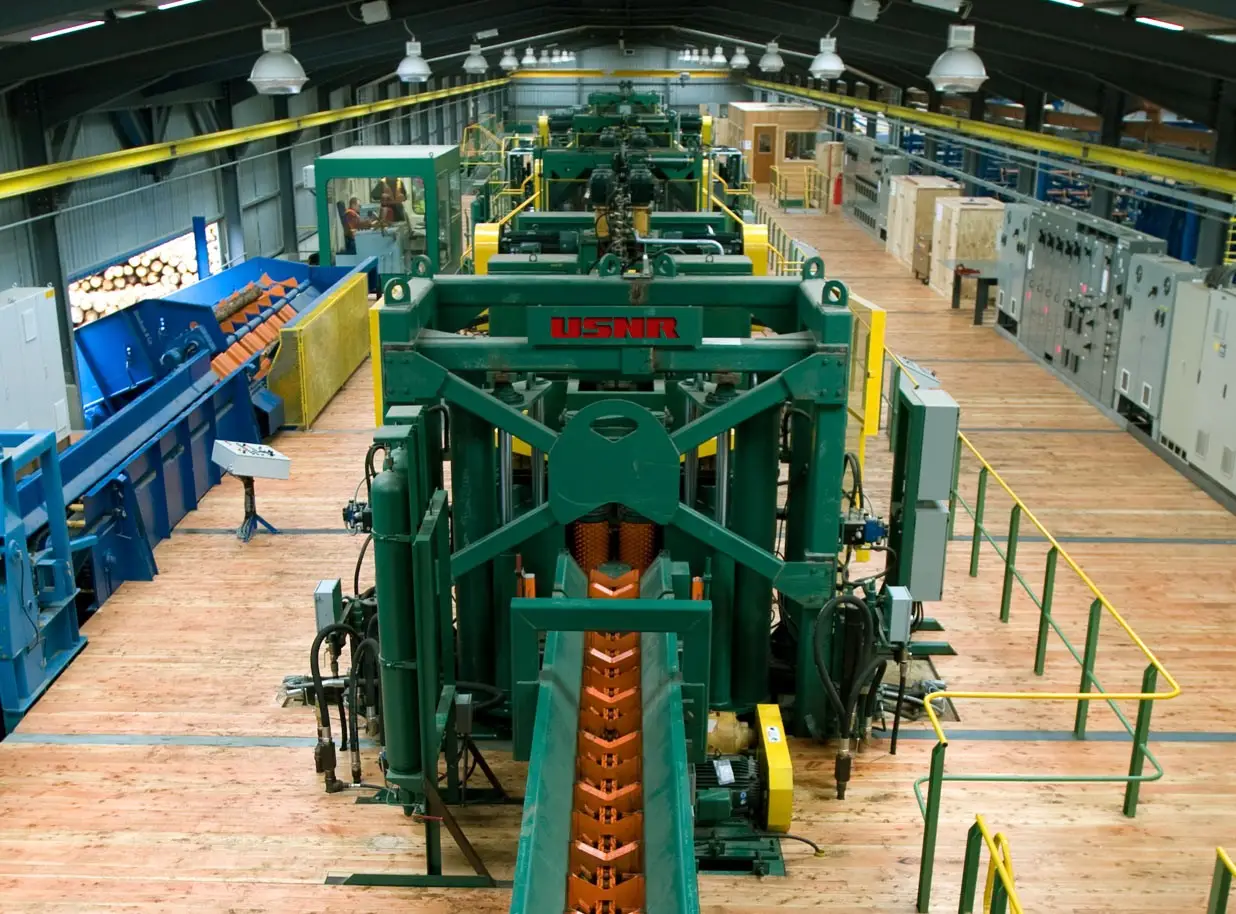Stinson Lumber will hold a community meeting at its facility in Forest Creek, Oregon, to outline plans to build a new structure on the site. In June 2024, the company announced it would invest $50 million in a new high-speed production line.
"We are considering adding a new 45,000 square foot small lumber sawmill building to replace the existing 60,000 square foot warehouse building which will be demolished," a Stinson Lumber representative said in a letter.
The existing sawmill’s footprint will not be expanded, according to documents obtained by the Gales Creek Daily through a public records request to the Washington County Department of Land Use and Transportation.
If the new sawmill building is approved, it will house a 350-foot-long HewSaw production line manufactured by Finland's Veisto-Oy. The company believes the new production line will be operational in 2026, and the existing production line will continue to operate during construction.
LumberFlow Expert Interpretation
Stinson Lumber's expansion plan demonstrates continued investment confidence in the North American lumber market.
Inventory strategy recommendations
Given the uncertainty in the North American market, Chinese timber importers should develop flexible inventory strategies. As market dynamics change, it is recommended to maintain a moderate inventory level to cope with potential price fluctuations and supply shortages.





